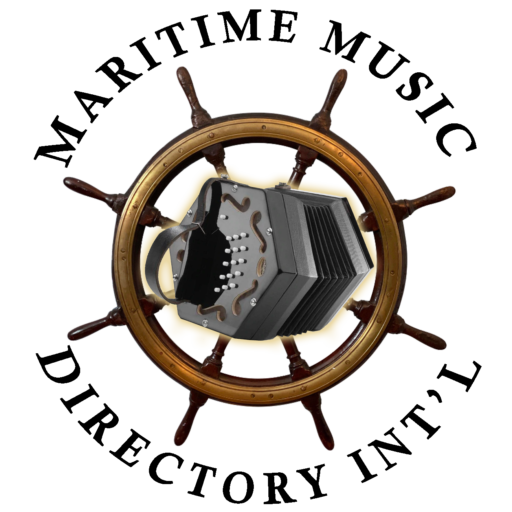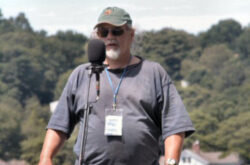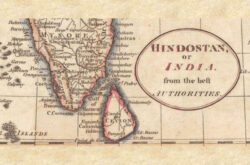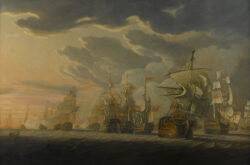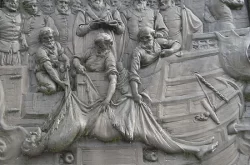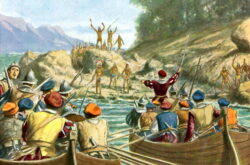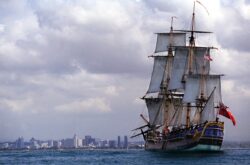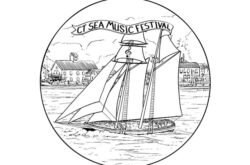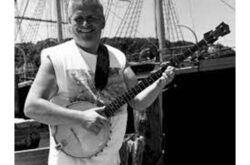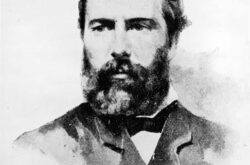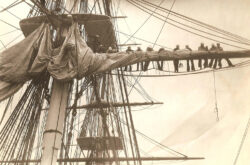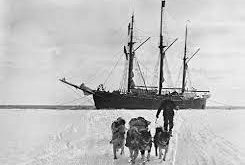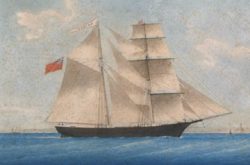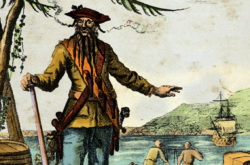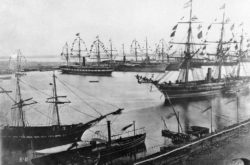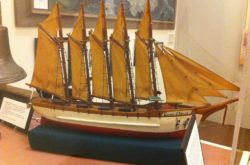Mike Kennedy Remembrance
Southborough — 1:30pm to 2:20pm Sunday April 21 GB (group participation, beginner friendly)
Mike (1946-2023), a longtime NEFFA workshop leader, was known for traditional . . .
French and British battle in the Indian Ocean
The worldwide implications of the American War for Independence are made clear on February 17, 1782 as the American-allied French navy begins a 14-month-long series of five . . .
Battle of Cape St. Vincent (1797)
The Battle of Cape St. Vincent (14 February 1797) was one of the opening battles of the Anglo-Spanish War (1796–1808), as part of the French Revolutionary Wars, where a British fleet under Admiral . . .
Death of Sir Francis Drake (1596)
He died on 28 Jan, 1596 (aged about 56) of dysentery, a common disease in the tropics at the time, while anchored off the coast of Portobelo, Panama,
Before dying, he asked . . .
Captain Cook Reaches Hawaii 18 Jan, 1778
On January 18, 1778, the English explorer Captain James Cook becomes the first European to travel to the Hawaiian Islands when he sails past the island of Oahu. Two days . . .
Connecticut Sea Music Festival Announces 2024 Lineup
13 Jan 2024 – Essex, CT
The operators of the C . . .
Don Sineti Dies 1/5/2023
Don Sineti , folksinger, songwriter, part-time sea chanteyman at historic Mystic Seaport Museum (with one of the most powerful voices on the Eastern Seaboard!), and long-neck, . . .
Herman Melville sails for the South Seas (3 Jan, 1841)
On January 3, 1841, Herman Melville ships out on the whaler Acushnet to the South Seas.
Melville was born in New York City in 1819. A childhood bout of scarlet fever permanently . . .
USS Constitution defeats HMS Java (29 Dec 1812)
On This Day – December 29, 1812 – USS Constitution (Old Ironsides) was sailing in the Atlantic just off the coast of Brazil. In the morning sails were sighted on . . .
Charles Darwin sets sail from England (27 Dec 1831)
British naturalist Charles Darwin sets out from Plymouth, England, aboard the HMS Beagle on a five-year surveying expedition of the southern Atlantic and Pacific . . .
Roald Amundsen becomes first explorer to reach the South Pole
On December 14, 1911, Norwegian Roald Amundsen becomes the first explorer to reach the South Pole, beating his British rival, Robert Falcon Scott.
Amundsen, born in Borge, . . .
The Mary Celeste is spotted at sea (5 Dec 1872)
The Mary Celeste, a ship whose crew mysteriously disappeared, is spotted at sea.
The Dei Gratia, a small British brig under Captain David Morehouse, spots the Mary Celeste, . . .
Blackbeard Killed off North Carolina (22 Nov 1718)
Edward Teach, also known as Blackbeard, is killed on November 22, 1718, off North Carolina’s Outer Banks during a bloody battle with a British navy force sent from Virginia.
Believed . . .
Whaleship Essex Sunk by Sperm Whale (20 Nov 1820)
The American whaler Essex, which hailed from Nantucket, Massachusetts, is attacked by an 80-ton sperm whale 2,000 miles from the western coast of South America.
The 238-ton . . .
Suez Canal Opens (17 Nov 1869)
The Suez Canal, connecting the Mediterranean and the Red seas, is inaugurated in an elaborate ceremony attended by French Empress Eugénie, wife of Napoleon III.
Read the . . .
Moby Dick First Published (14 Nov 1851)
Moby-Dick is now considered a great classic of American literature and contains one of the most famous opening lines in fiction: “Call me Ishmael.” Initially, though, . . .
John Paul Jones Sets Sail
On November 2, 1777, the USS Ranger, with a crew of 140 men under the command of John . . .
Carolina Maritime Model Society Meeting
The Carolina Maritime Model Society is meeting today, 28 October 2023 at the North Carolina Maritime Museums in Beaufort, North Carolina.
The Carolina Maritime Model Society . . .
